Narisawa Part 1: The Avant-Garde and his Journey Beyond Tradition
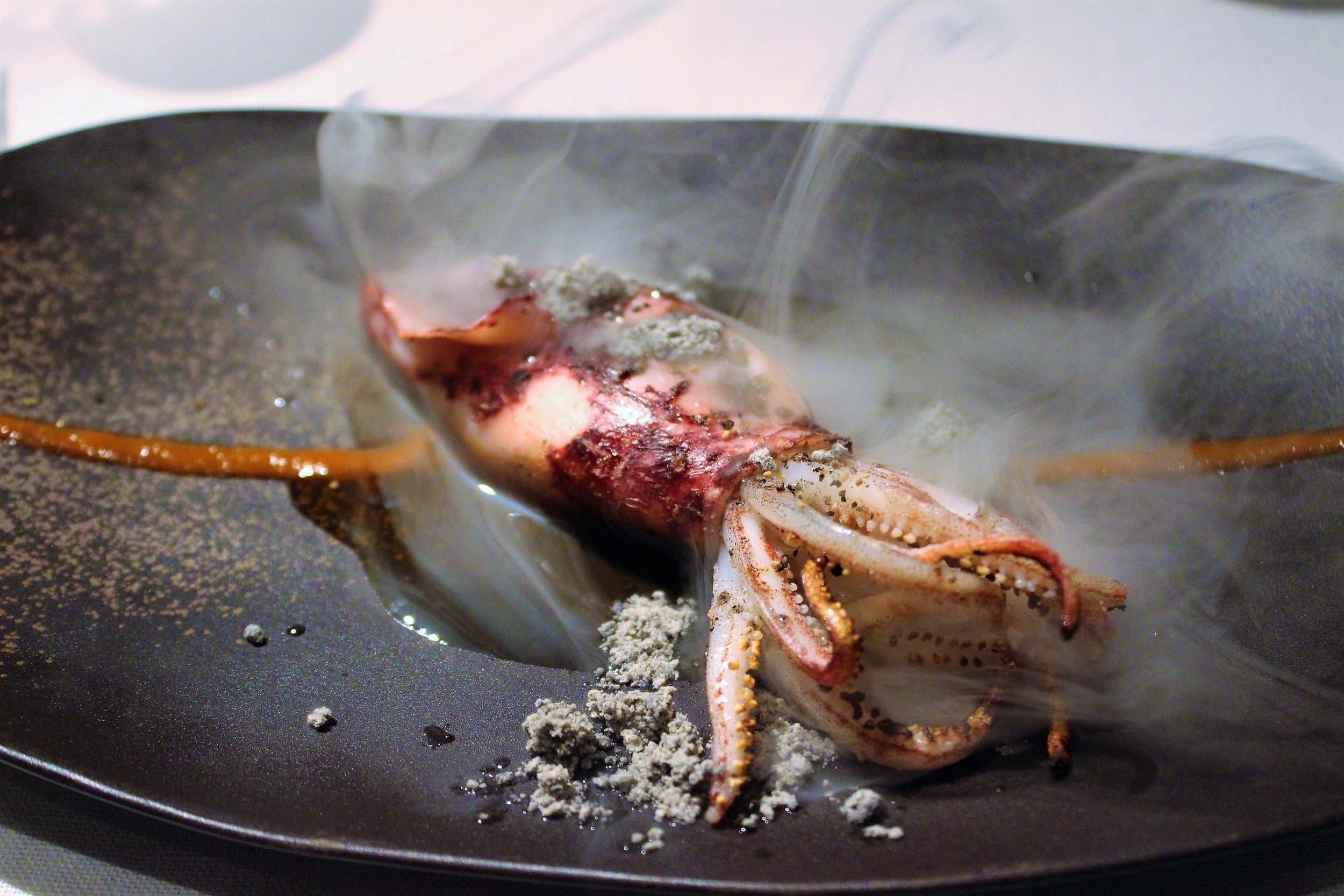

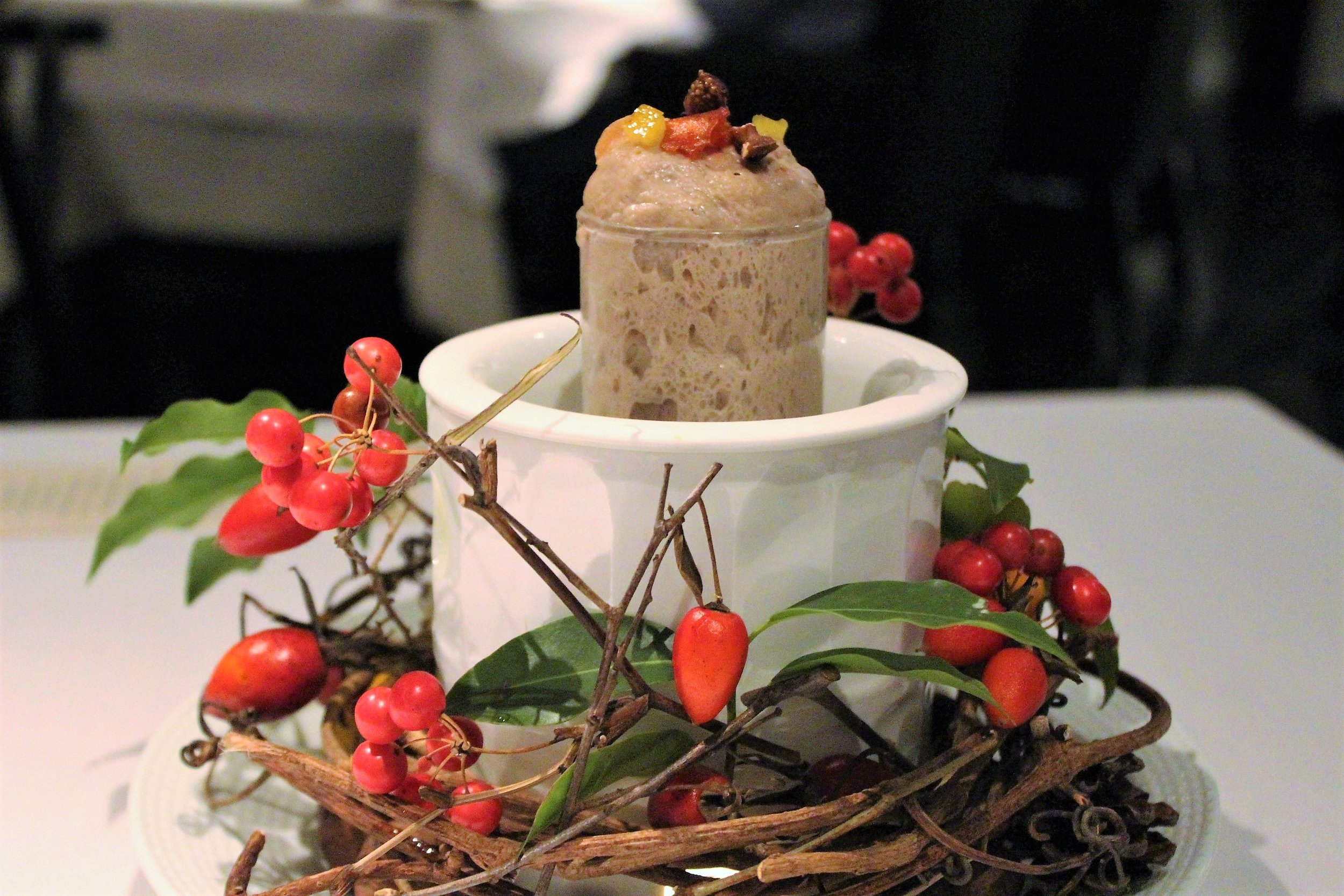
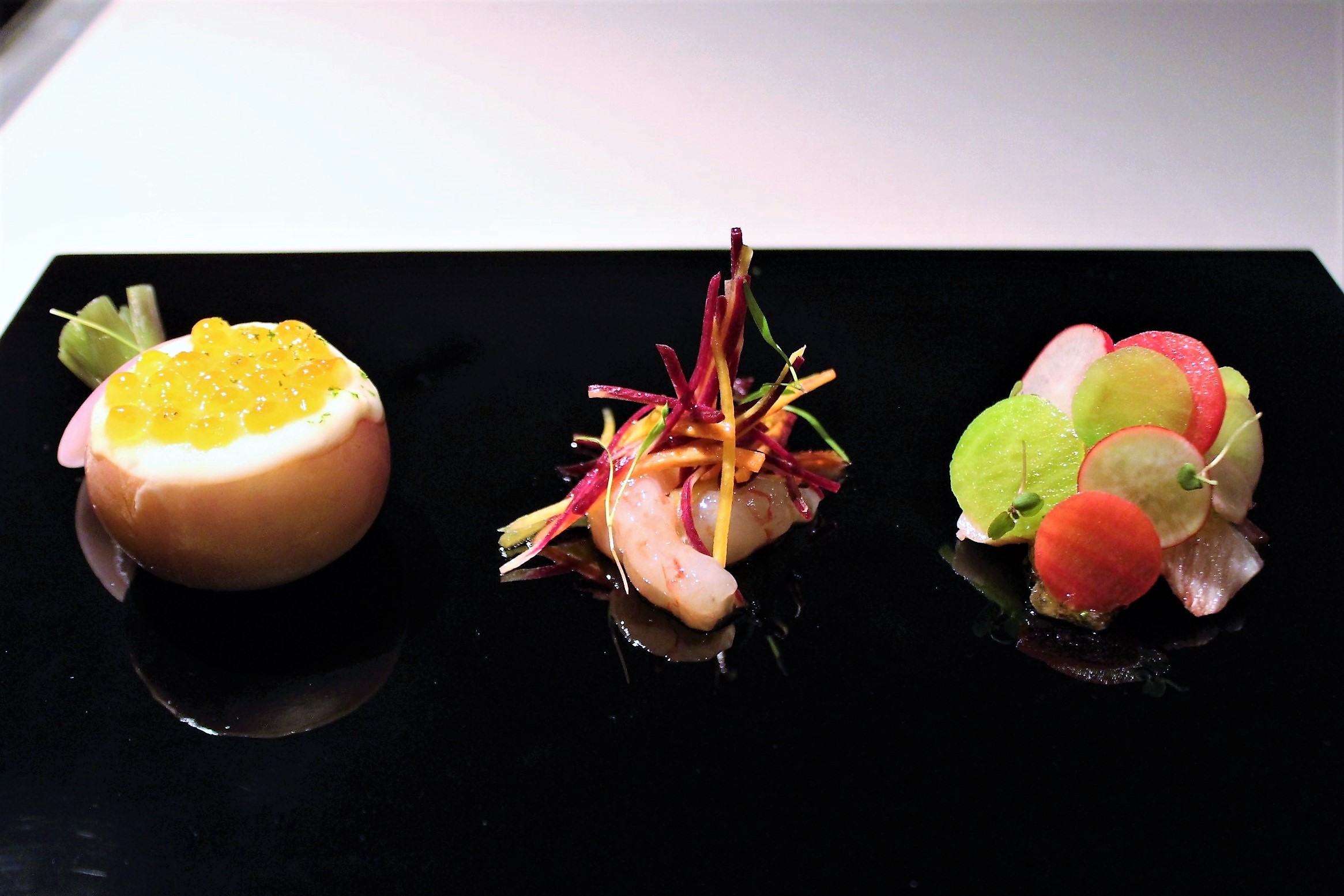
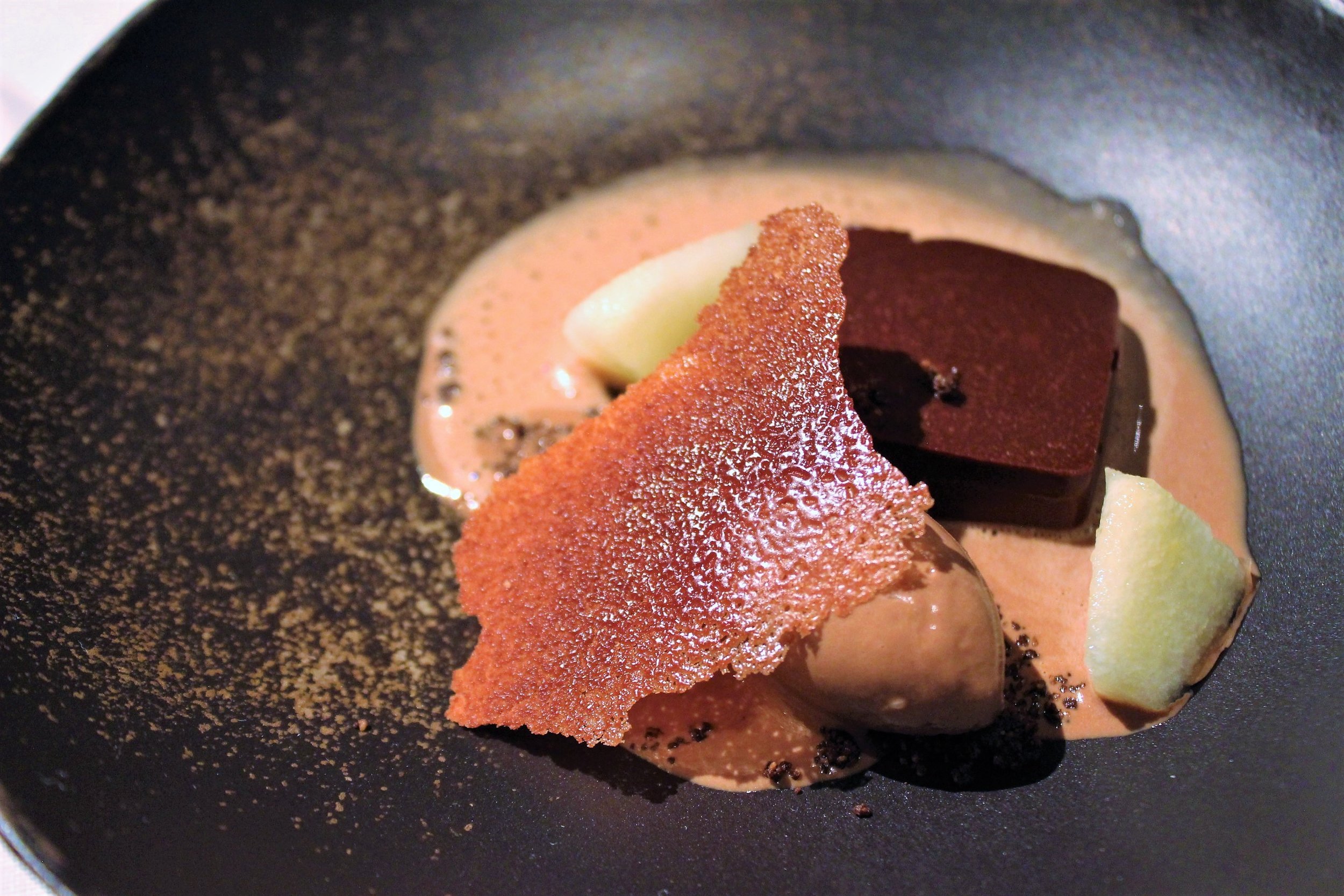
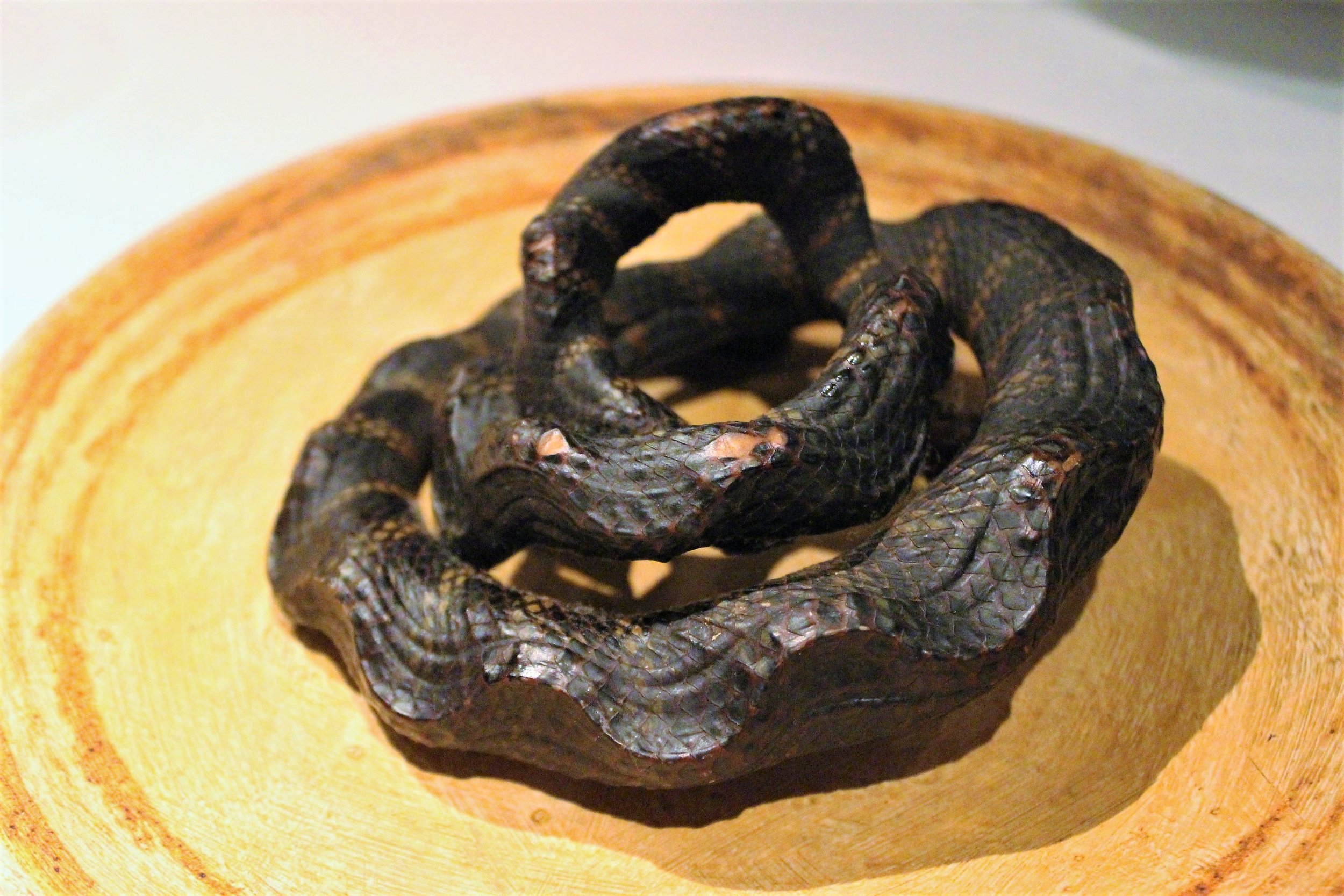

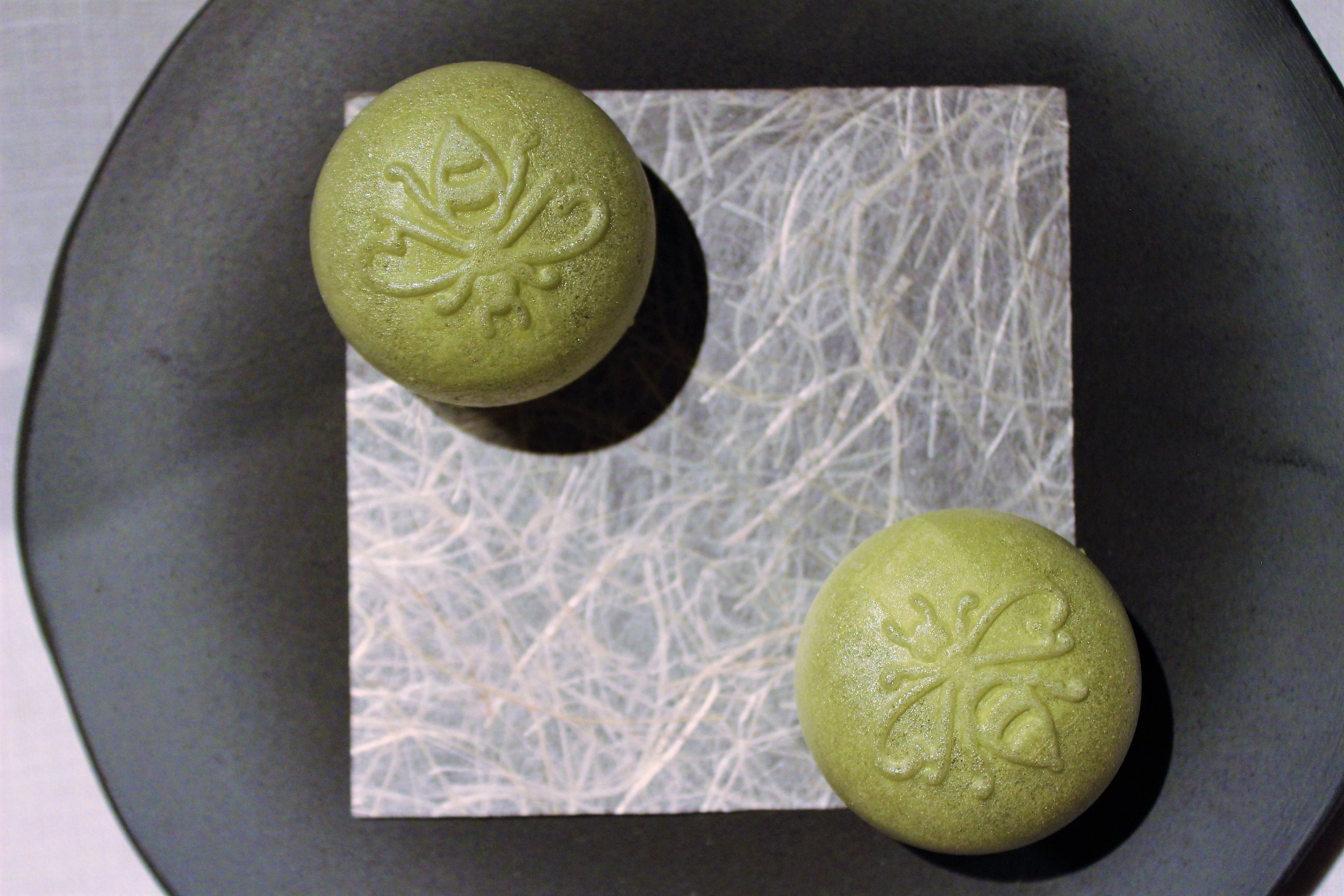


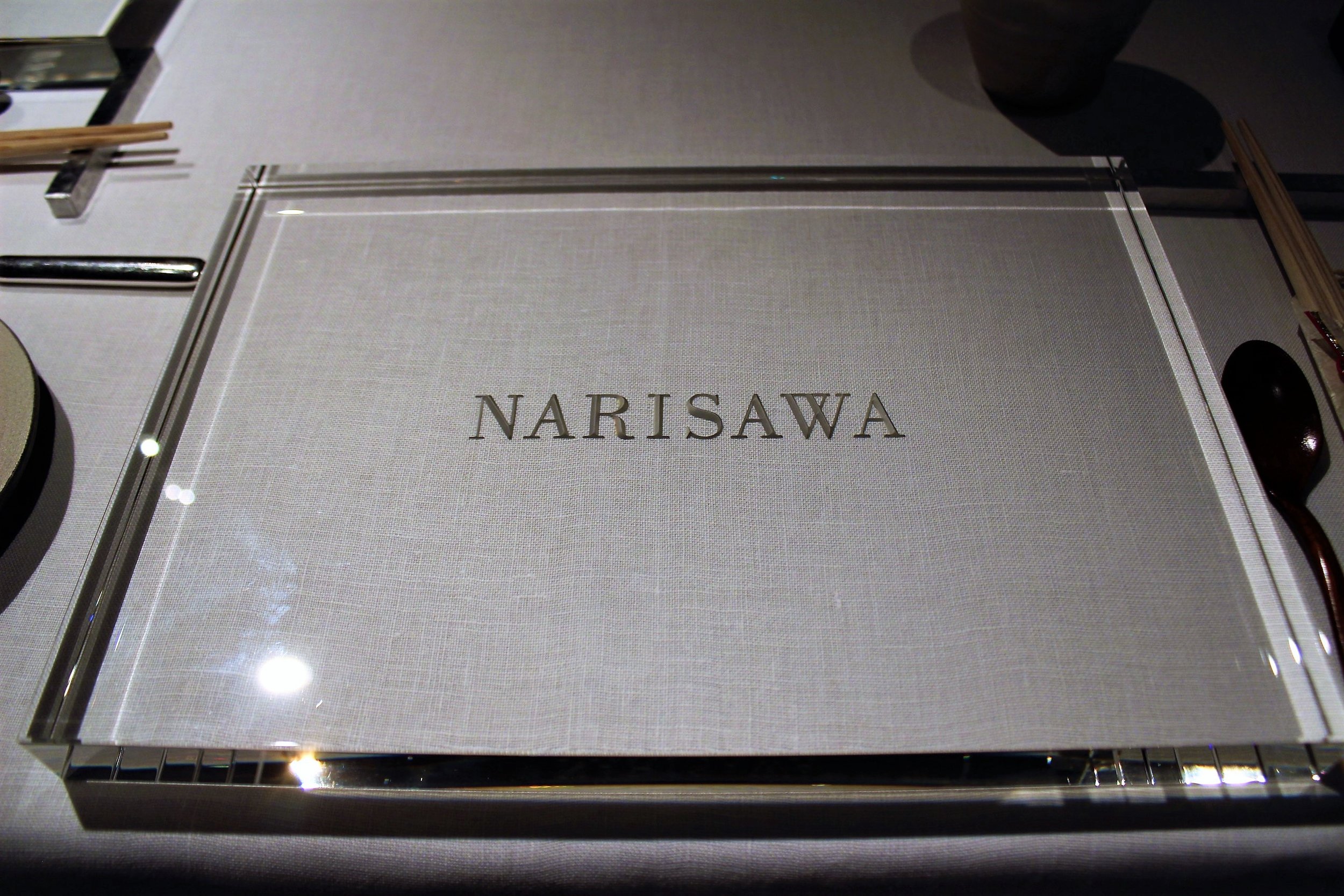
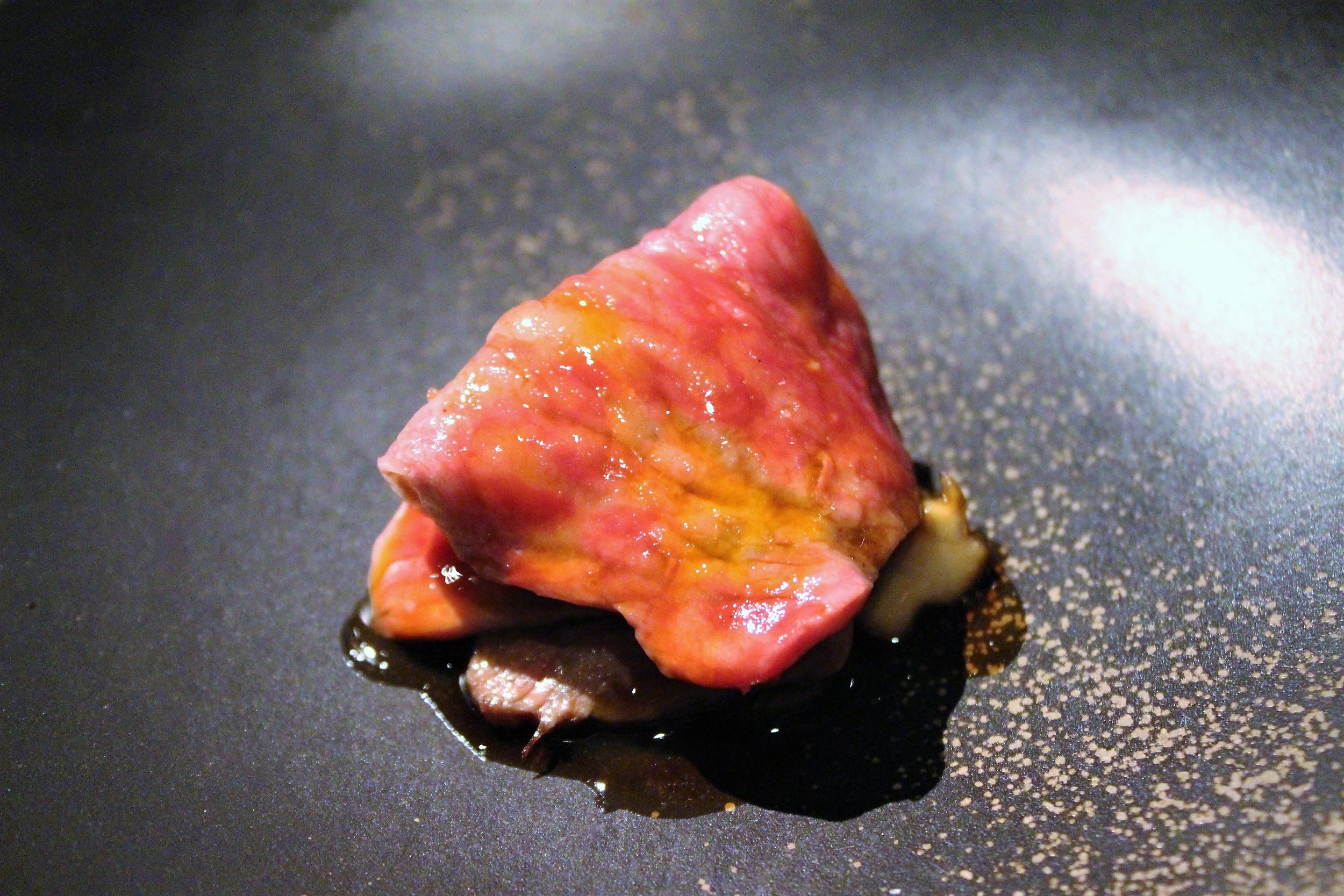
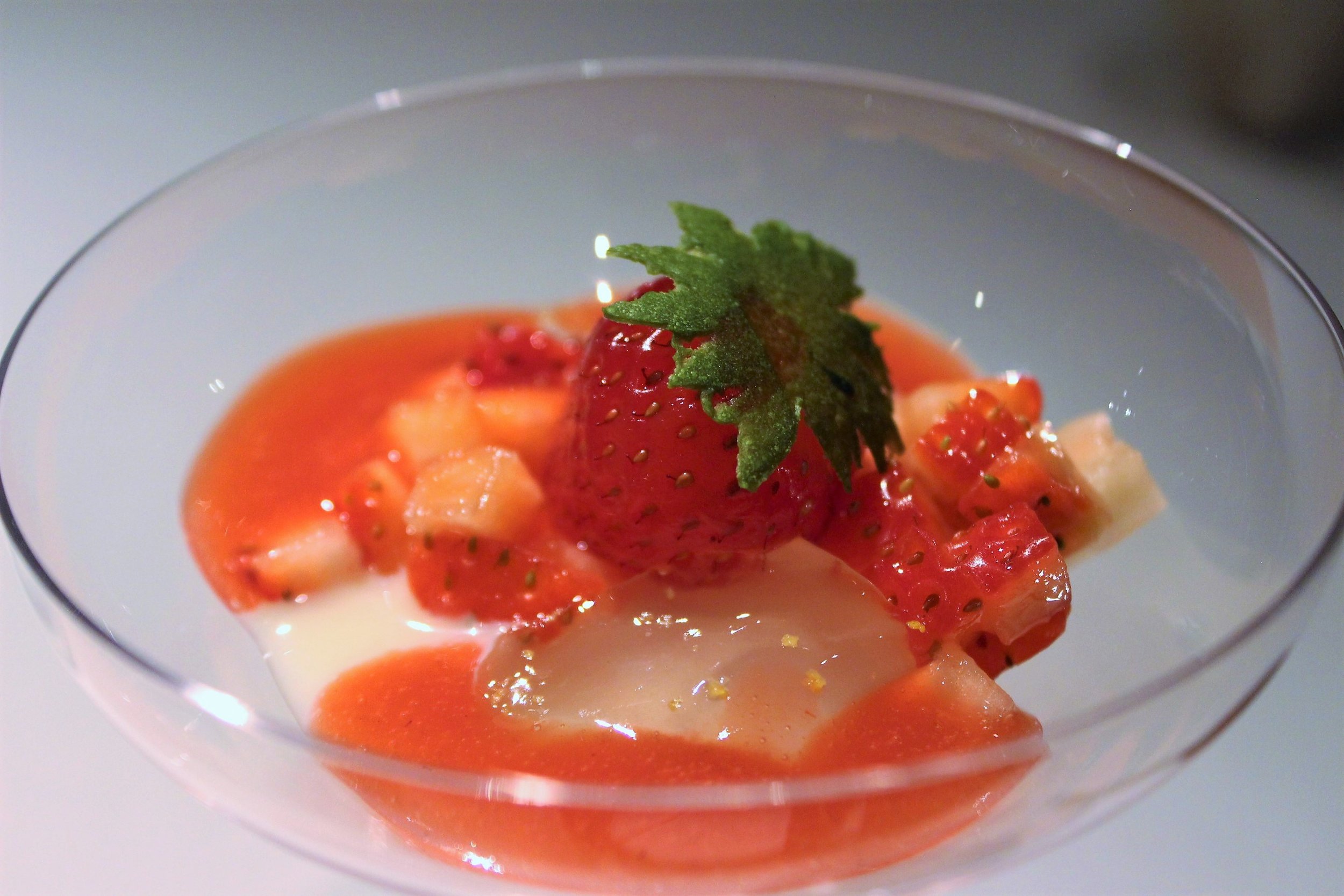
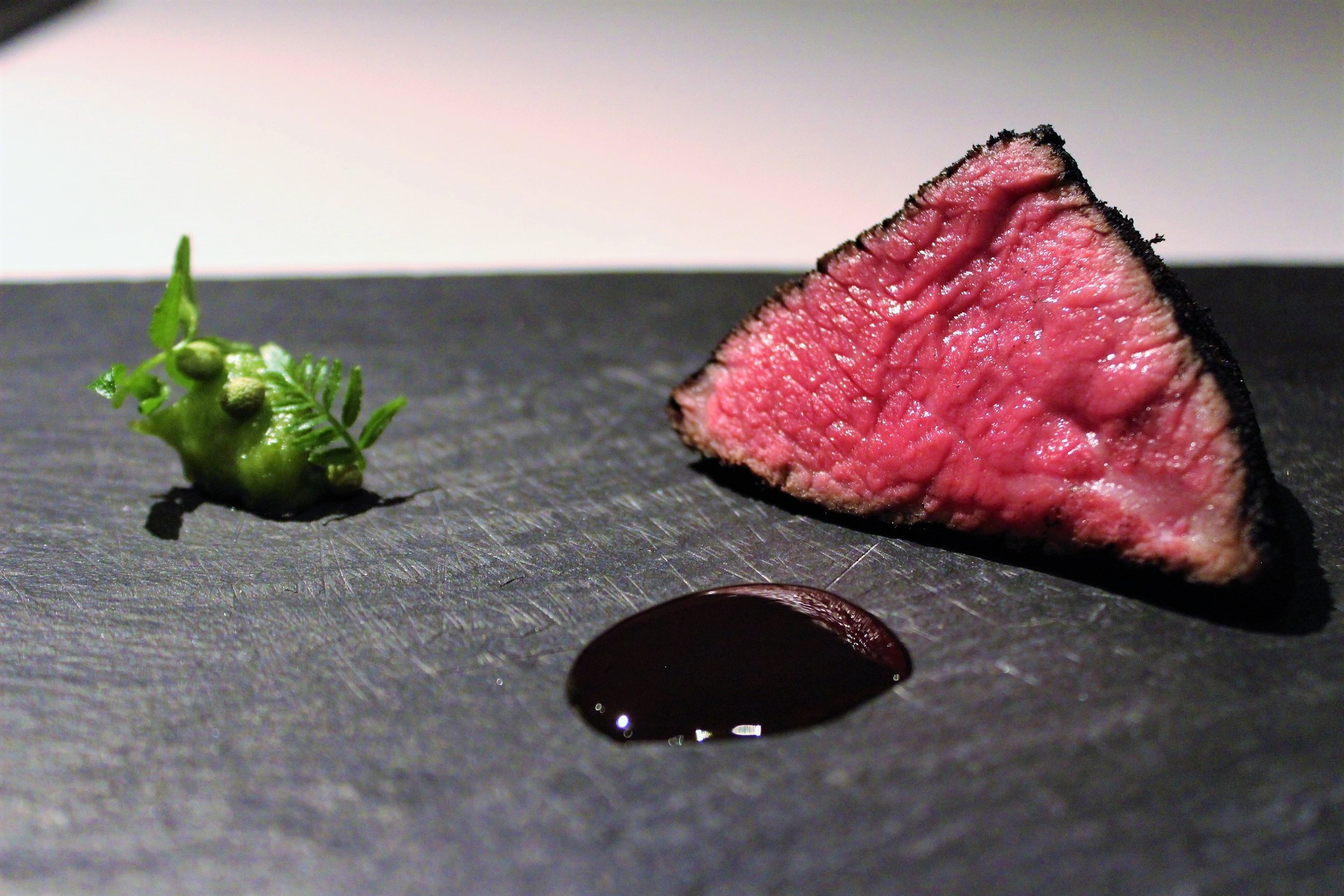
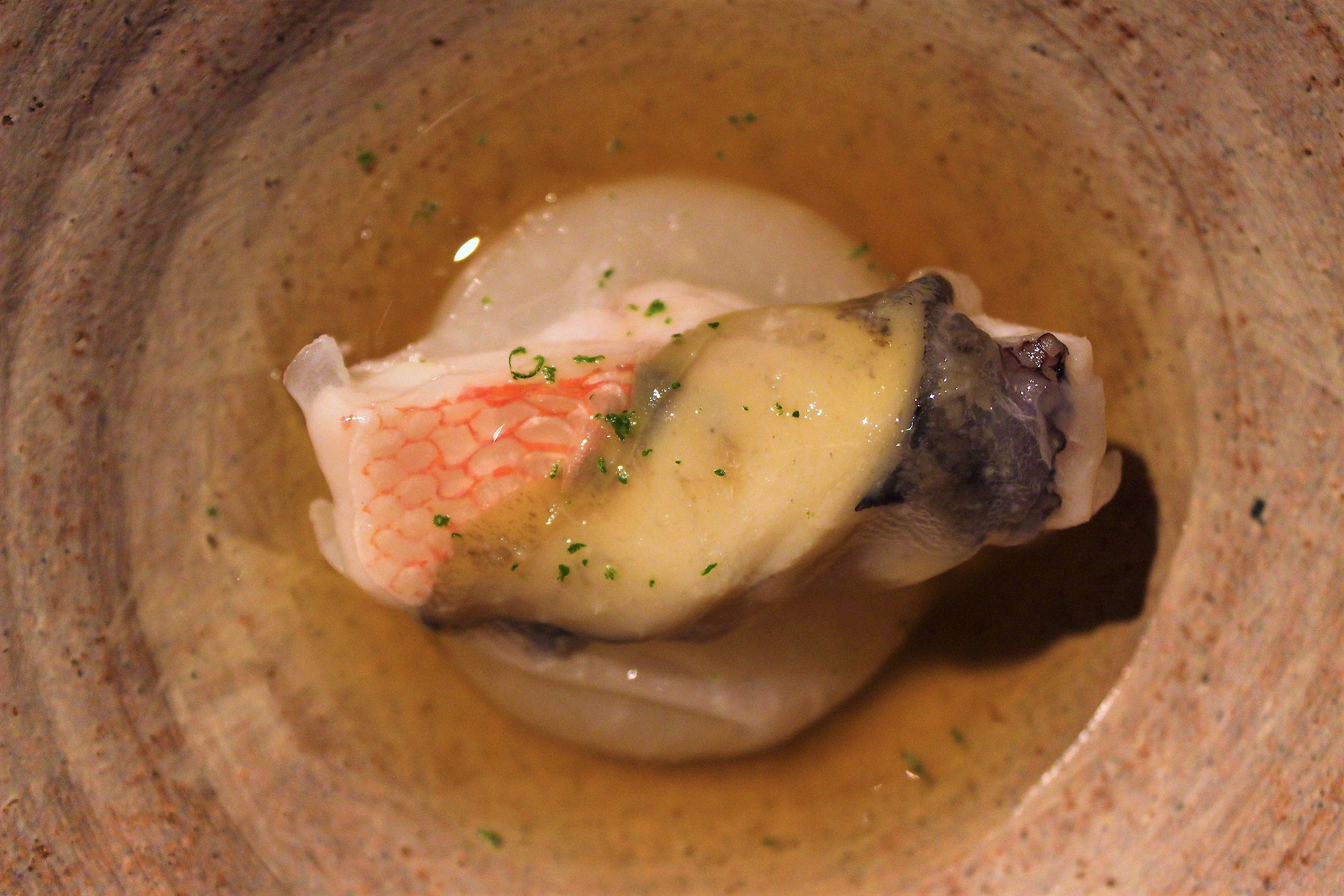
We are finally here to talk about Narisawa in Minato, Japan. To put things in perspective, Narisawa was the 8th (2016) and 18th (2017) best restaurant in the world. In 2017, it was also named the 6th best restaurant in Asia. To get in the right mindset, I'm currently drinking some rosé that I just bought. But, this is definitely going to be a difficult restaurant to review, which is why I saved it for last. Similar to all of my long reviews, I'll be splitting it into two parts. Trust me, it's better this way.
Narisawa was one of my favorite meals in Japan for so many reasons, including:
The food was amaaaaaaazing. It was just the right level of "fine dining" for me. And, the food quality is indescribable even though I will attempt to describe it.
Narisawa is conscious of its surroundings. Similar to the mottanai philosophy, which aims to minimize the amount of waste produced, sustainability is one of Narisawa's key principles.
Narisawa characterizes its genre as "Innovative Satoyama Cuisine", drawing inspiration from nature. As you will soon see, Narisawa aims to "create gastronomy beneficial to both body and spirit".
(By the way, this meal was sponsored by my dad. Thanks for the food. We can go again next time).
Address: 南青山2-6-15, Minato, 東京都 〒107-0062, Japan
Recommended:
"Bread of the Forest 2010" and Moss at Narisawa in Tokyo, Japan
Japanese Yam and Dried Mullet Roe at Narisawa in Tokyo, Japan
Yellow Tail, Wasabi, Botan Shrimp, Salmon Roe, Hairy Crab at Narisawa in Tokyo, Japan
Soft-Shelled Turtle and Sea Snake at Narisawa in Tokyo, Japan
Tilefish and Shogoin Radish at Narisawa in Tokyo, Japan
"Ash 2009" Scene of the Seashore at Narisawa in Tokyo, Japan
Saga Beef Sirloin at Narisawa in Tokyo, Japan
Langoustine Shrimp at Narisawa in Tokyo, Japan
Blowfish and Lindera at Narisawa in Tokyo, Japan
"Sumi 2009" Kobe Beef at Narisawa in Tokyo, Japan
Strawberry at Narisawa in Tokyo, Japan
Domori Chocolate at Narisawa in Tokyo, Japan
Matcha at Narisawa in Tokyo, Japan
We'll cover half the meal in Part 1 then cover the rest of it in Part 2. The restaurant is beautiful. White table cloths and everything. The dining area holds a handful of tables, all managed by attentive waiters. During our visit, there seemed to be a lot of foreigners.
Let's start talking about the food. Upon seating, wewere offered some celebratory sake, since we went just after New Year's Day. Simple and floral - it was the aperitif of choice.
Next, we had some Japanese Yam (from Saga) and Dried Mullet Roe (from Nagasaki). Apparently, they dry the Karasumi (Dried Mullet Roe) for three weeks right outside the restaurant. Karasumi is similar to Italian Bottarga. Imagine something like beef jerky but with a fishy flavor. By drying the roe, Narisawa is able to condense all the savory and fishy flavors into a tiny flavor bomb. The yam was chewy and starchy. It was fun to eat like a street snack but it had the qualities of food served at a classy restaurant.
We were presented with a strange, but pretty, dish (see above). We were unsure how we would consume the dish but before we could ask, the waiter quickly explained that this was our bread that would be baked right in front of our table. The bread is made with wheat from Hokkaido and Wild Yeast from Shirakami-Sanchi, a UNESCO Heritage Site.
The waiter assisted in portioning out two servings of dough. He placed the dough into a large stone pot (heated to 250 Celsius) and covered it with two thick slabs of wood to retain the heat. I think that the wood smelled a lot like the wood found in an Onsen. It is light and somewhat earthy. After about 12 minutes, the bread was ready....
There's really nothing like fresh bread. It was cooked well through to the center. When I broke the bread, I could see some of the steam still evaporating. This dish was called "Bread of the Forest 2010" with Moss. No, don't worry, it's not real moss. It's actually just butter from Hokkaido that looks like moss. The color came from Black Olive and Spinach Chlorophyll. Pretty cool, right?
The bread also contains a few ingredients that change based on the season. During our visit, we tried their Autumn collection, which is prepared with walnuts, semi-dried figs, and a mix of citrus fruits. It was also sprinkled with Chestnut Tree powder.
In the same order it was presented, let's start with the item to the right. This was a Winter Amberjack with a bit of Tomato and Wasabi Jelly. It was topped with thinly sliced Daikon Radish. The fish was SO good. It was quite fatty and the little slices of radish helped balance that.
In the middle, we had some Boiled Botan Shrimp with Julienned Carrot. The Shrimp was creamy but crisp at first bite. It wasn't that boiled so it still had that "raw" essence to it. On the left, you will notice my favorite of the three. First of all, it was funny-looking. It's a tiny turnip! The inside was carved out and replaced with Boiled Horsehair Crab and Salmon Roe (both from Hokkaido). It's like those bread bowls that Americans fill up with clam chowder but instead of bread, Narisawa used a tiny turnip. I ate half of the filling before I decided to stuff the whole thing in my mouth. It was phenomenal. Horsehair Crab is naturally very good in taste. It is gentle yet sophisticated, therefore, it is usually boiled to retain its natural flavors.
Next, we had two fantastic Japanese delicacies. First, we had farmed Sea Turtle from Saga (see above). The meat from the legs was minced, steamed, and grilled then topped with sweet soy sauce and sansho pepper. It was presented in the shape of a ball and pierced with the bone of the turtle. I had a lot of fun eating this one. I felt like I was being initiated into a tribe by way of this reptilian sacrifice. The flavor is hard to describe but I will try. The tender meat tastes like a mix between turkey, chicken, and veal. The meat was sweet on the outside with a nice char.
To pair with the Sea Turtle, we had a dried Sea Snake soup with pieces of Winter melon. The winter melon is very subtle. We have a lot of this in the Philippines but the flavor is quite neutral. To me, it is similar to Zucchini and, when used in soups, can be very aromatic. The dried Sea Snake came from Okinawa and boiled anywhere between five and ten hours. The taste is clean but hearty.
Since the snake was dried, the flavor was very strong and concentrated. Naturally, sea snake has a deep and rich flavor so this soup was extra flavorful. I sipped on it slowly and it soothed my soul.
The waiter came by and showed us a sample of what the dried Sea Snake looks like (see above). It was totally hard and felt like a wooden sculpture. We touched it and we could still feel the scales. Amazing!!
Check out the continuation of our review here: Narisawa Part 2.
Extract from Narisawa's menu:
Restaurant Narisawa is which genre?
Taking the rich culinary culture of the Satoyama, and the wisdom of our ancestors, we pass it through the Narisawa filter to create a new, independent genre called, "Innovative Satoyama Cuisine". The Japanese term "Ji' nen," referring to the spirit of nature, includes people carrying on the Satoyama culture like instinct, together with the natural world. From this spirit, we at Narisawa create gastronomy beneficial to both body and spirit, and a continuously Sustainable environment, which we call, Beneficial and Sustainable Gastronomy.
"Satoyama Scenery"
Forests comprise almost 70% of Japan. Its coastline is ranked 6th in the world. Japan is surrounded by forests and seas. In this limited space, people cultivate the land and grow rice, they live and walk hand in hand with nature, with the forests and seas, and they call this type of place the Satoyama.
Responding to the four seasons, the severe changes between them, understanding this environment, and living our lives taking only the most necessary resources for daily life from the earth, this lifestyle is called Satoyama Culture.
The Satoyama is Beneficial to body and spirit, and promotes a continuously Sustainable environment, a culture beyond value, expressed on these plates as "Satoyama Scenery".









